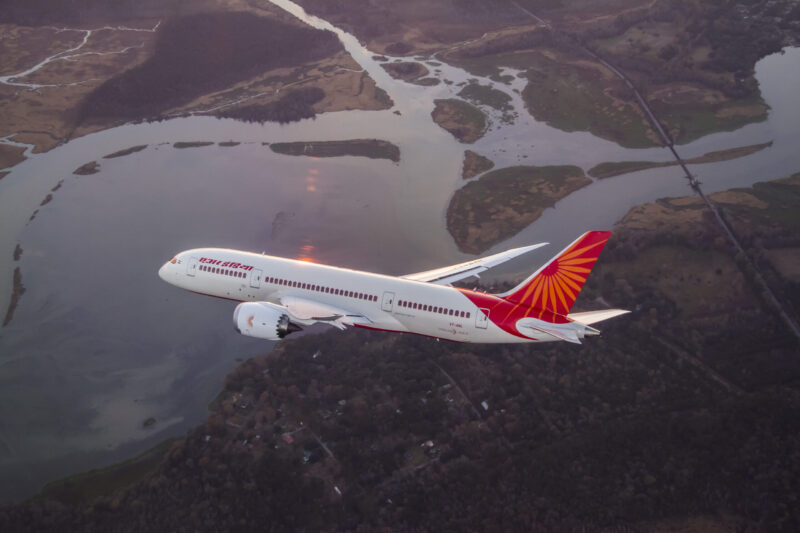Air India could face over $591 million in annual losses following Pakistan’s decision to shut its airspace to Indian carriers, a move linked to ongoing diplomatic tensions. According to a company letter accessed by Reuters, the national airline has warned the government of significantly increased costs — including fuel and staffing — as its planes are forced to take longer routes to avoid Pakistani airspace.
These rerouted flight paths are not just an airline headache — they also affect passengers with longer flight times and possible delays. “Impact on AI is maximum due to airspace closure, additional fuel burn, crew,” the letter said.
Why Was Pakistan’s Airspace Closed?
The ban is a direct response to diplomatic restrictions imposed by India following the deadly attack in Pahalgam, which New Delhi has blamed on Pakistan’s “deep state.” Pakistan’s decision applies only to Indian airlines and is expected to remain in place until at least May 23. Notably, international airlines have not been affected.
The Financial Fallout
Air India’s estimate — that the ban could cost it over $591 million per year — factors in longer flight paths that burn more fuel and demand more crew hours. The airline, which already reported a $520 million net loss in FY2023–24, now finds itself bracing for a heavier financial burden.
In response, Air India has formally asked the Indian government for financial assistance. “Subsidy for affected international flights is a good, verifiable and fair option … the subsidy can be removed when the situation improves…” the letter to the Aviation Ministry said.
Reuters reports the government is evaluating support options, including subsidies, tax breaks, and regulatory flexibility to ease the burden on affected carriers. Assistance could also involve permitting more pilots on ultra-long-haul flights to destinations such as the US and Canada. In a rare diplomatic overture, India is reportedly considering engaging China, a Pakistani ally, to explore overflight clearances through its airspace.
Broader Airline Impact
While Air India is expected to bear the brunt due to its wide network of long-haul international routes, other Indian carriers like IndiGo are also affected. IndiGo stated that its New Delhi–Baku flight on Thursday took five hours and 43 minutes — nearly 40 minutes longer than usual.
Delhi-Middle East routes, in particular, are heavily affected, with planes often requiring an additional hour of flight time. This change adds pressure on fuel reserves, crew rotations, and schedules.
In April alone, nearly 1,200 flights from New Delhi to Europe, the Middle East, and North America were operated by Air India, its budget arm Air India Express, and IndiGo — a number that underscores the scale of the potential disruption.
The Strategic and Military Context
Beyond the aviation sector, the airspace restriction is part of a larger geopolitical narrative. Prime Minister Narendra Modi has vowed retribution for the Pahalgam attack. On Wednesday, he met with Defence Minister Rajnath Singh and Chief of Defence Staff General Anil Chauhan. Reports suggest he approved military action against The Resistance Front — a proxy of the banned Lashkar-e-Taiba.
However, the government also appears to be mindful of the economic impact, particularly on tourism and trade in Kashmir and beyond.
As the airspace standoff continues, airlines, passengers, and policymakers alike are navigating a complex mix of geopolitical tensions and logistical challenges.






